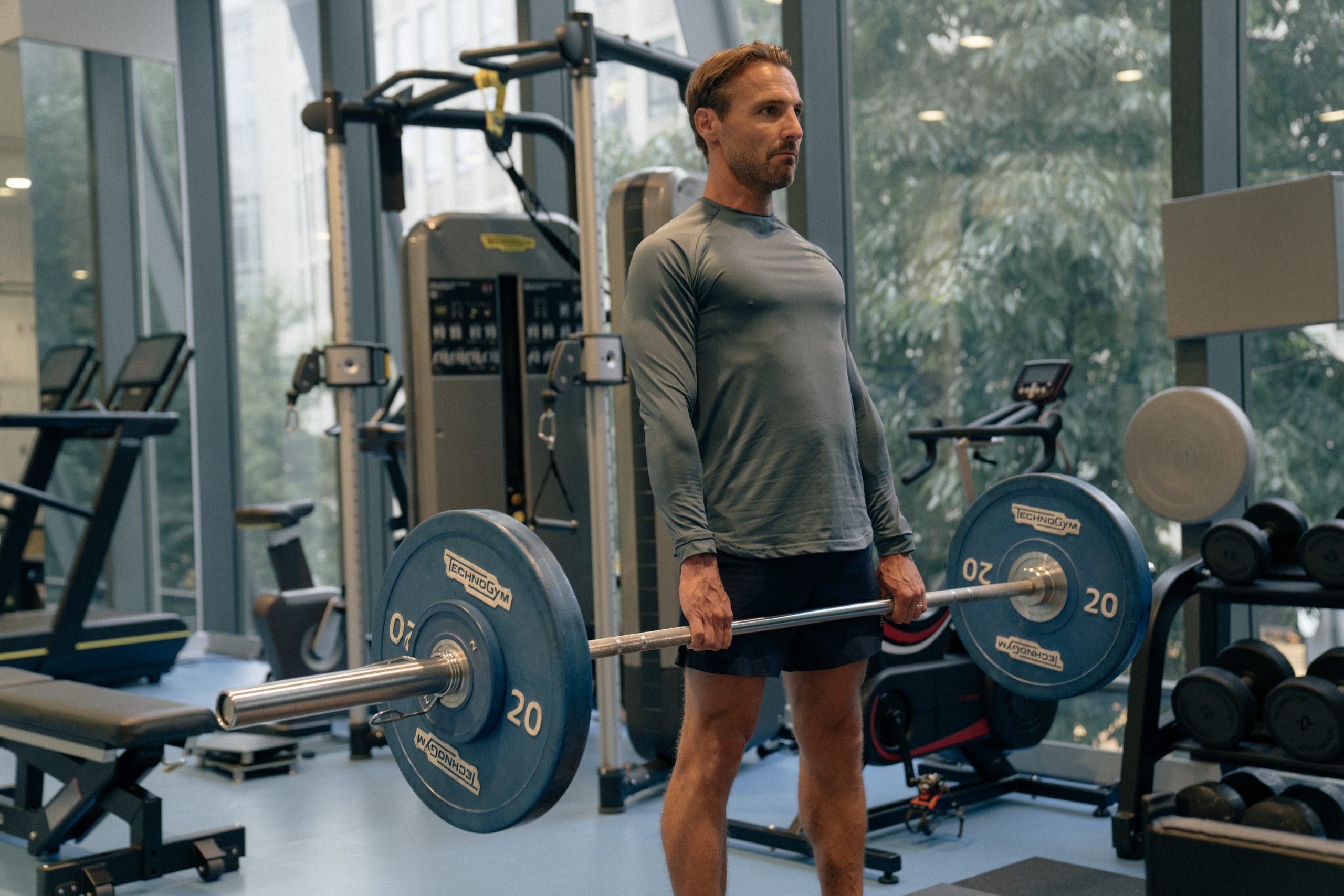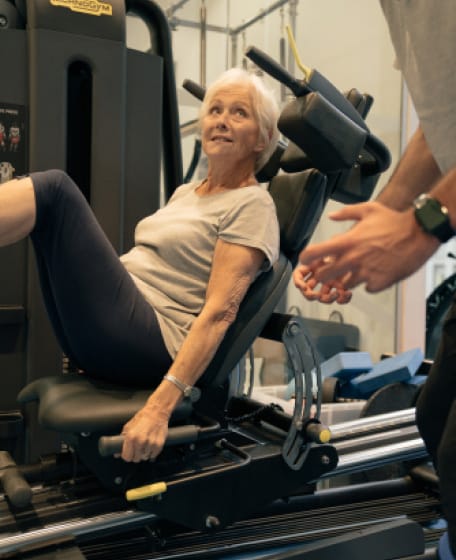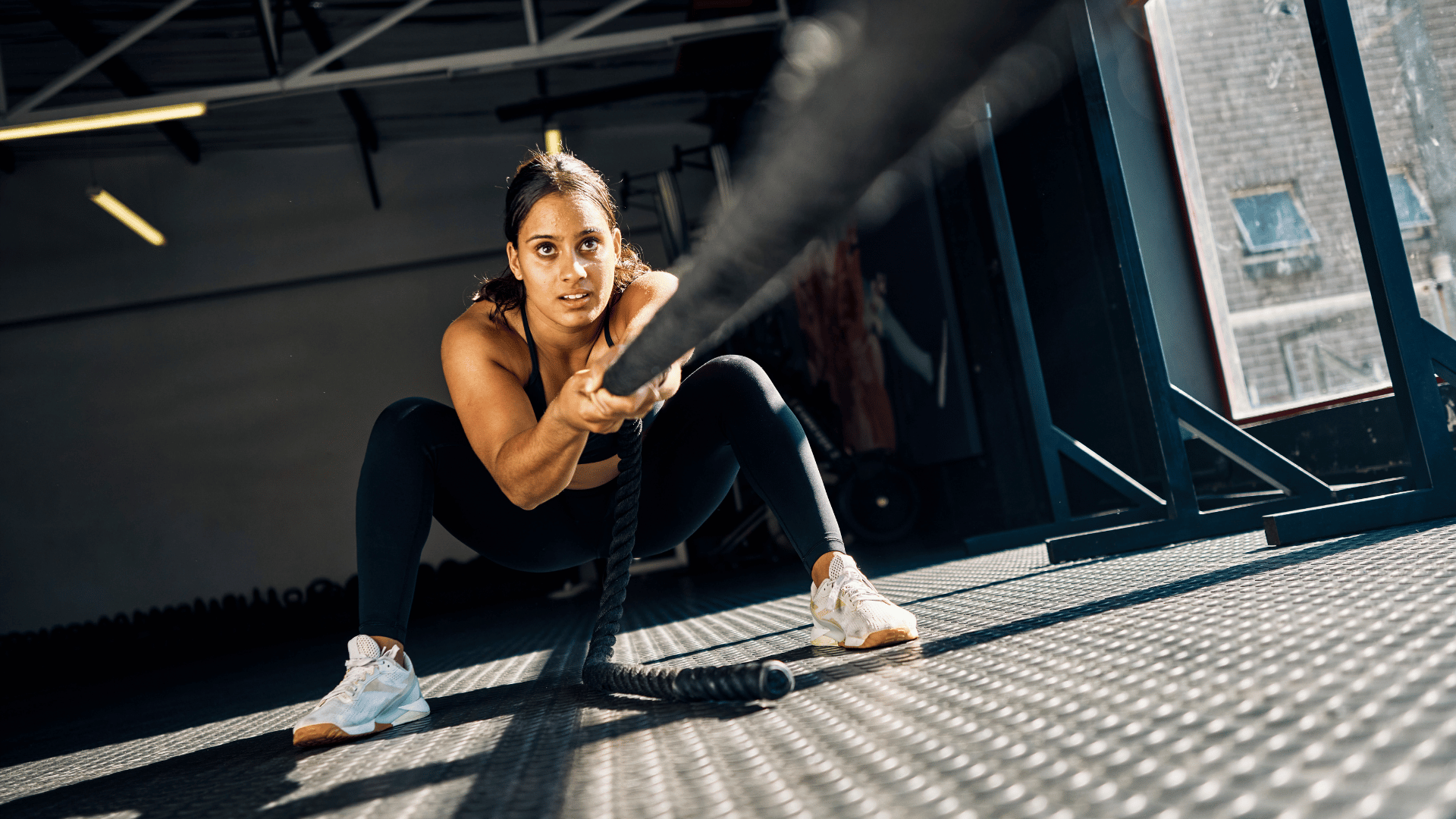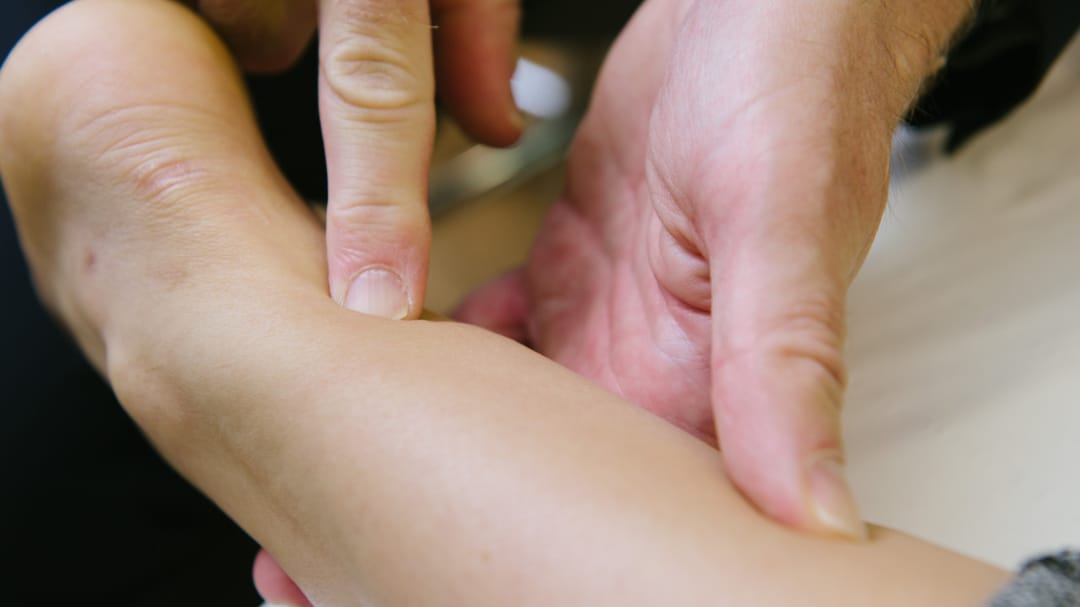3 Steps to Avoid Injuries When Training for HYROX

Bradley Casey
Physiotherapist
- 21 January, 2025
- Hyrox
- Exercise
- Running
- 4 min read
3 Steps to Avoid Injuries When Training for HYROX

HYROX is a fitness race that has gained enormous traction over the past 12 months. One likely reason for this is that it is incredibly accessible and manageable for people wanting to improve or even start their fitness journey.
The race consists of 8 stations, with a 1km run between each. The stations consist of movements like lunges, farmers carry, burpees and use of the ski and row ergs. There are different divisions to enter including singles, doubles, and teams. There is also an adaptive division for racers with impairments.
The risk of injury in HYROX is no different than when training for any other event. The difference in this case compared to something such as a marathon, is that there is a larger reliance on strength-based work.
Although this blog focuses on injury prevention for HYROX training, these helpful tips are also appropriate for injury prevention with any type of physical challenge, so no matter what you’re training for, you can add these to your programme.
Injury Prevention
Optimal Training Load
Having a training plan that is specific to the race’s demands is crucial for injury prevention during HYROX competition preparation. It ensures a balance between adequate training to improve performance and sufficient recovery to avoid preventable injuries.
HYROX events require a combination of strength, endurance, and high-intensity efforts, which place significant stress on the muscles, tendons, bones, and joints. Excessive training without proper recovery can lead to chronic fatigue, compromised technique, repetitive overload, and a subsequent increased risk of injuries such as muscle strains, tendon or joint overload, or symptoms of overtraining. On the other hand, insufficient load may fail to prepare your body for the physical demands of the competition.
By progressively increasing training intensity and volume alongside incorporating rest and active recovery, the body will physiologically adapt to higher training loads and reduce injury risk at higher competitive levels.
A HYROX training plan should consist of running, strength training and high intensity interval training (HIIT), whilst being as specific as possible to the event’s stations.
Optimal Sleep
Sleep plays a critical role in physical and cognitive recovery, mental focus, and overall performance.
During sleep, the body repairs tissues, replenishes energy stores, and regulates hormones that influence muscle growth and stress response. Inadequate sleep impairs these processes, increasing the risk of fatigue and poor recovery.
As training begins to intensify, poor recovery and excessive fatigue will almost certainly lead to an overuse injury. Additionally, lack of sleep can negatively affect decision-making and focus, which are crucial for both HYROX training and the competition.
Speaking to countless high performing runners and athletes, sleep is the first thing to suffer during times of increased training volume, in an effort to fit as much content in the day as possible. Prioritising consistent, high-quality sleep helps individuals to recover well and subsequently perform at their best.
Individuals preparing for HYROX or other competitions should aim for 7-9 hours of high-quality sleep per night. This will likely be on the upper end with increased training volume and intensity; the more you train, the more recovery your body needs. This does vary between individuals, so if you have access to a recovery tracker like Whoop, it is definitely worth delving in to the data to gain an insight into your optimal sleep duration.
Sleep hygiene can include having a consistent sleep/wake schedule, avoiding caffeine late into the day, avoiding evening naps, ensuring your bedroom is dark and is at an appropriate temperature. For example, if it’s too hot, the body will struggle to fall to sleep. A fantastic book on sleep is called ‘Why We Sleep’ by Matthew Walker, which has lots of tips to help you recover better.
Optimal Nutrition
The foods and drinks we consume will provide the essential nutrients needed for recovery, illness prevention and optimal energy levels.
Adequate protein intake supports muscle and tendon repair and growth, while carbohydrates replenish glycogen stores, ensuring sustained energy during periods of prolonged exercise.
Healthy fats play a role in reducing inflammation and supporting joint health, while vitamins and minerals, such as calcium, vitamin D, and magnesium, are critical for bone strength, muscle function, and recovery.
Poor nutrition will not allow the body to recover well. It may increase susceptibility to overuse injuries and fatigue. A diet consisting of proteins, carbohydrates, and fats, tailored to training intensity, ensures the body has the resources to adapt, recover, and perform at its best.
If you’re not sure how to create a training plan for your gut, speak to a registered nutritionist to help you find the right approach to support your training and goal.
The Bottom Line
If you’ve signed up for your first HYROX event, or aiming for a new PB — we’ve got you covered. Remember to gradually increase your training loads, prioritise your sleep, and nail your nutrition.
It’s not always easy to find reliable information and you might get contradicting advice from different sources throughout the day, but the bottom line is your training should be as individual as you are. It needs to work for you, fit around your schedule, and take in to account your physical history, so you can achieve your goals!

Advice
Over the last 20+ years our experts have helped more than 100,000 patients, but we don’t stop there. We also like to share our knowledge and insight to help people lead healthier lives, and here you will find our extensive library of advice on a variety of topics to help you do the same.
OUR ADVICE HUBS See all Advice Hubs

